Research Strengths
The Fertiliser Technology Research Centre explores the fundamental processes controlling fertiliser efficiency in a wide range of soils around the world, using a combination of spectroscopic, speciation and radio-isotopic techniques.
Our world-class scientists manage and conduct experimental work under laboratory, glasshouse and field conditions to develop more effective fertiliser formulations to optimise their efficiency.
We conceive, formulate and produce novel fertiliser formulations and use advanced isotopic and spectroscopic investigations to quantify fertiliser efficiency in laboratory and field scale agronomy trials.
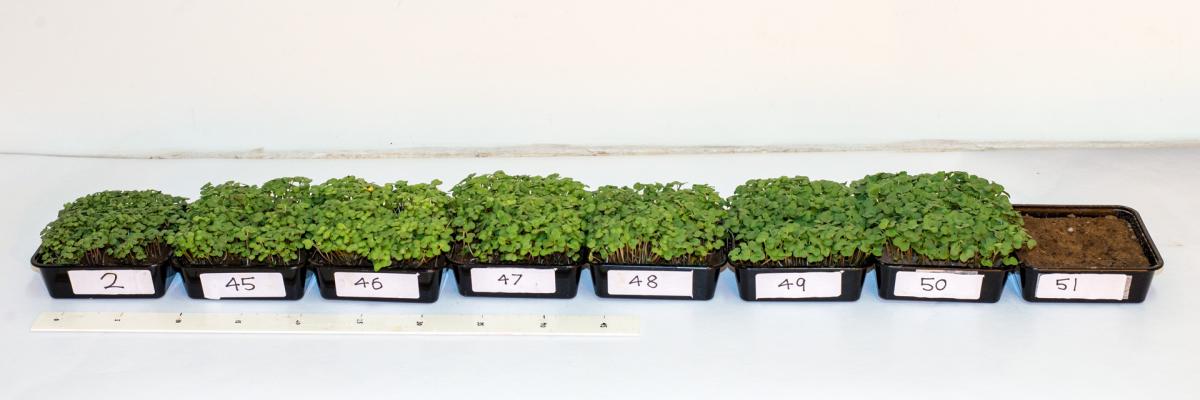
Key research themes
-
Commercial/proprietary research
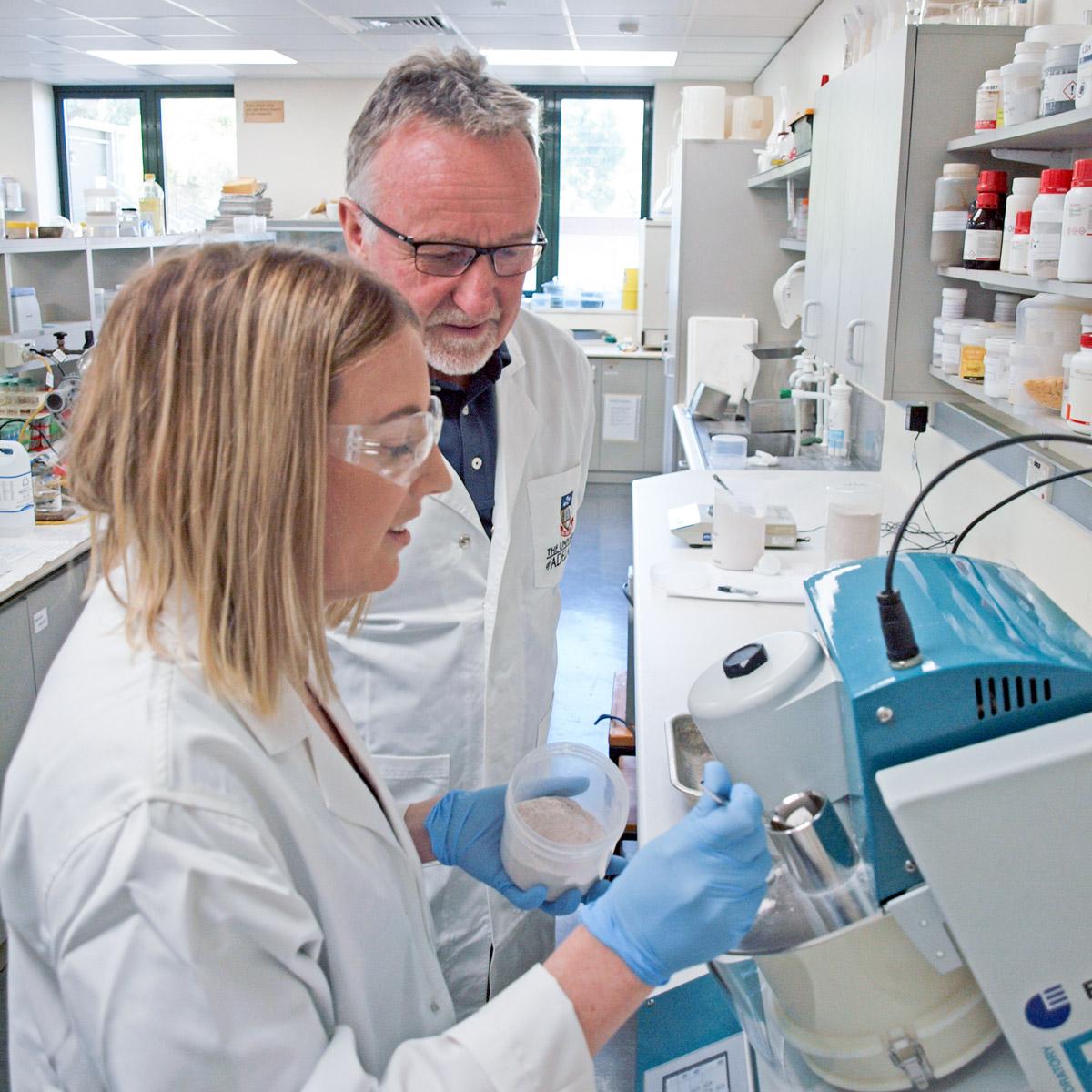
- Fertiliser formulation involving coating technology for better delivery of micronutrients
- Isotopic (radioactive and stable) and spectroscopic evaluations of macro- and micronutrient
- Phosphorus and sulfur nutrition
- Potash fertilisers
- Agronomy field trials
-
Fertiliser use efficiency in dryland cropping
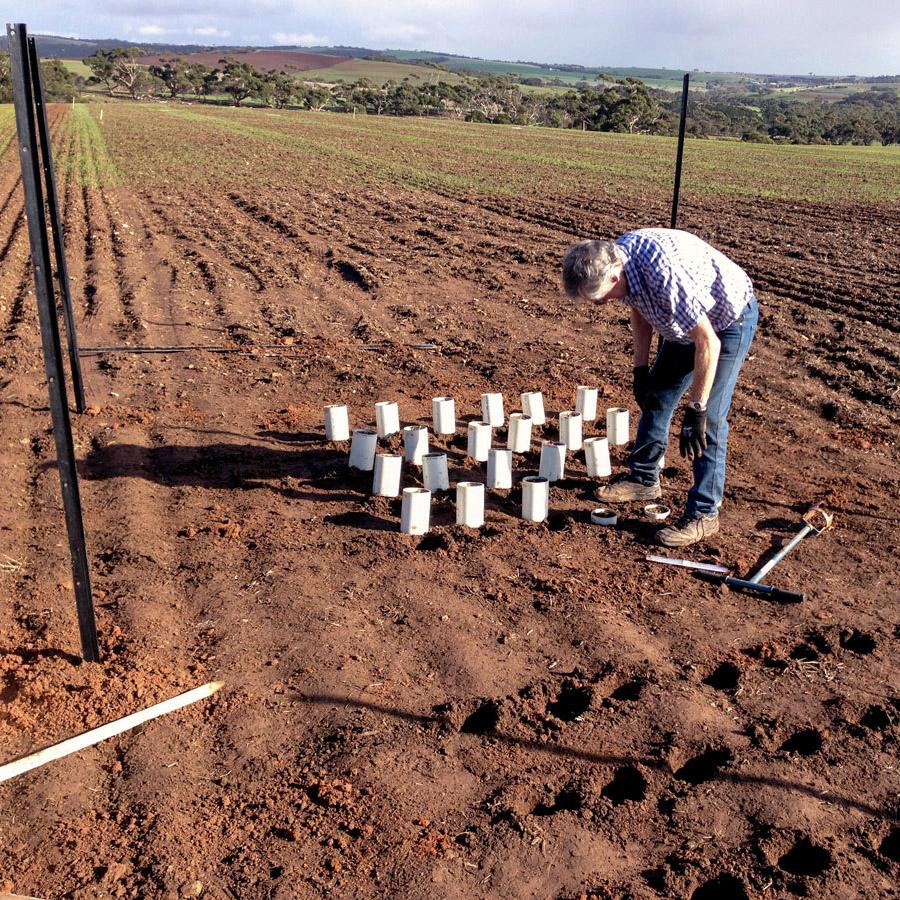
A range of stable and radioisotopic methods are being used to investigate dissolution, diffusion, availability, and reaction products of phosphorus and micronutrient fertilisers in soils.
These techniques are complementary and are being used to obtain a clear picture of how P and micronutrient fertilisers behave in different soils subjected to different soil water potentials and variations in potential (e.g. wetting and drying cycles), and their influence on plant nutrient uptake.
-
Mobilising fixed nutrients in cropping soils
Developing chemical methods to mobilise fixed nutrients in cropping soils
This project aims to increase the efficiency of use of applied fertiliser P, through improving crop access to soil P reserves, or minimising the fixation of added fertiliser nutrients.
Success in achieving this outcome will be measured by the ability of crops to access a larger amount of accumulated soil P reserves, thus reducing the need for fertiliser inputs, or improvements in crop acquisition of added fertiliser P.
-
Improving nitrogen and phosphorus management
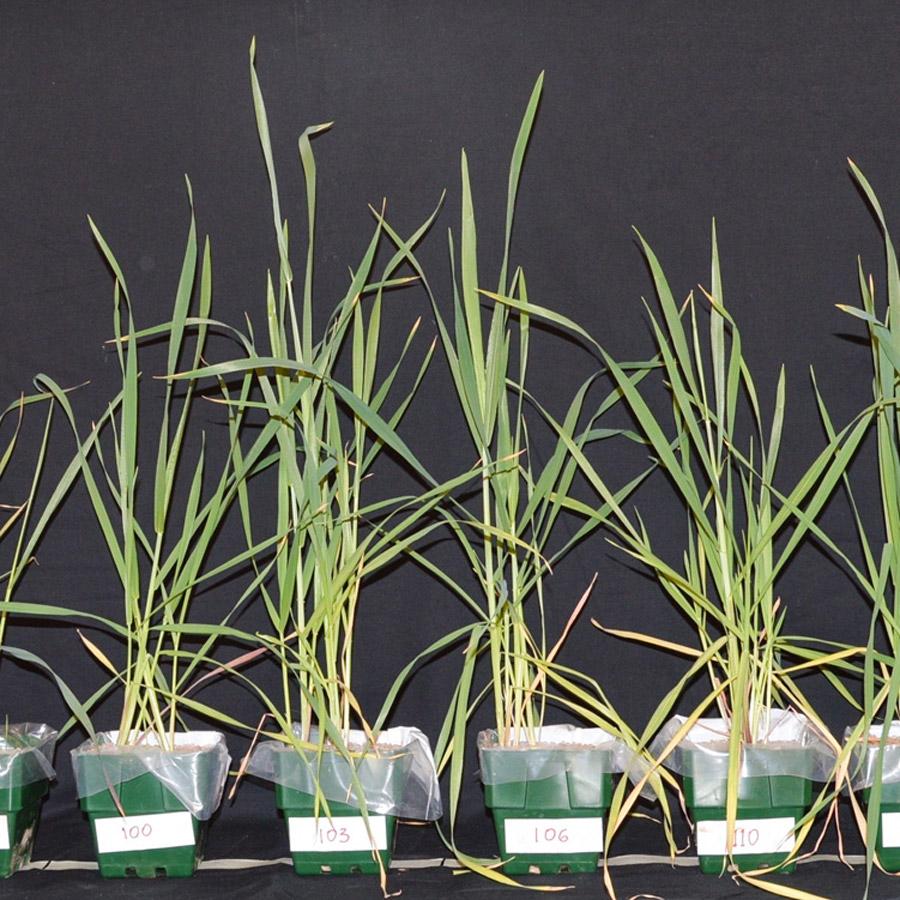
Improving nitrogen and phosphorus management in south-east Australian cropping systems
This project aims to increase the economic effectiveness of nutrient inputs in cropping systems of south-eastern Australia by developing an improved understanding of key factors (abiotic and biotic) regulating the supply and utilisation of nitrogen and phosphorus by crops.
This information will provide the foundation for better predictions of fertiliser requirements as well as contributing to the development of management strategies designed to increase the efficiency with which nutrients are used in cropping systems.
-
New coding technologies for slow-release formulations

Nutrient run-off is of particularly concern in high rainfall environments, new codings are needed to slow the release of nutrients and reduce loses to the environment.
The centre is developing new bio-based coding technologies to better synchronise nutrient supply with plant demand.
-
New soil testing methods
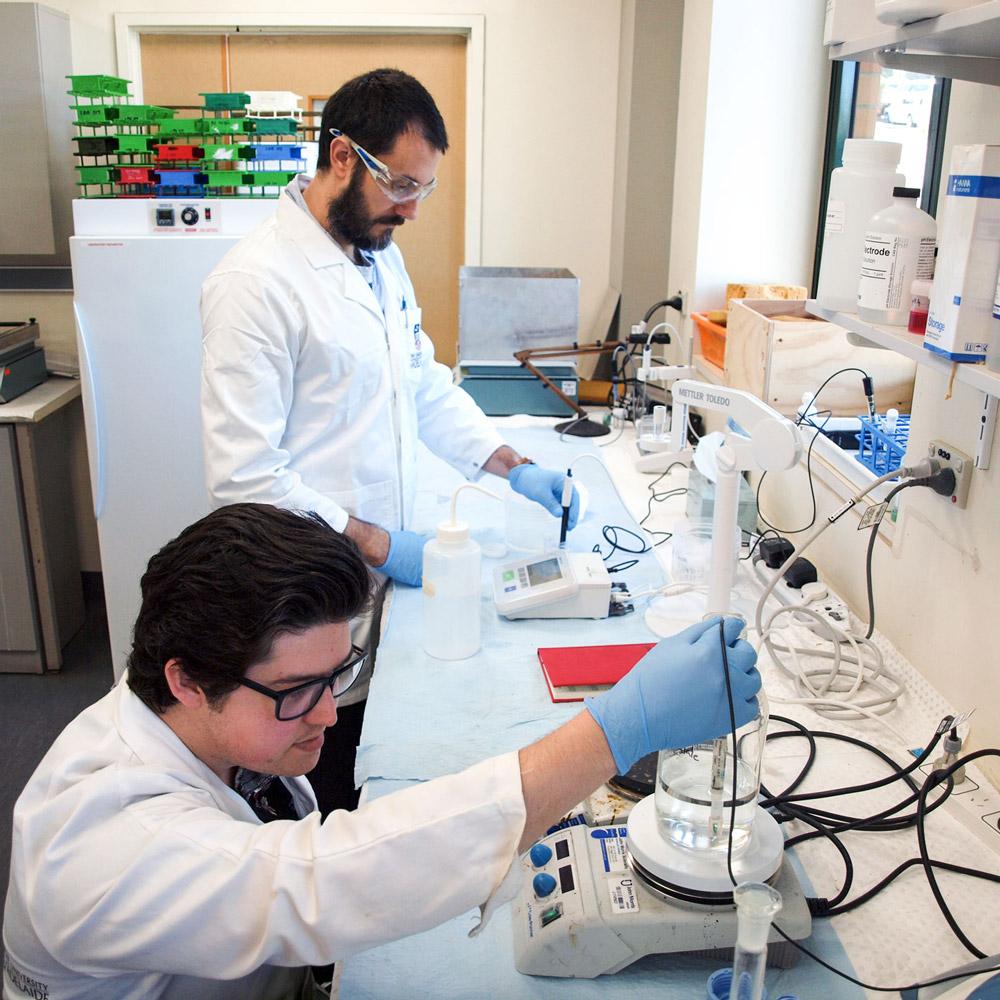
Development and validation of new soil testing methods
A more accurate measurement of soil plant available nutrients will facilitate better fertiliser decisions and nutrient management strategies. This research aims to assess the performance of established soil testing methods for potassium and sulphur together with emerging tests i.e., Diffusive gradient in thin films (DGT) to measure available potassium and sulphur.
This works follows from the validation of DGT for phosphorus under field conditions. The DGT method for phosphorus is now commercially available in Australian soil testing laboratories.
To further validate the performance of DGT method for phosphorus and accurately predict fertiliser phosphorus requirements, ongoing research is investigating at the effect of phosphorus buffering index (PBI) on the increase in DGT values with P fertilisation under deficient scenarios. In this project, the ability of mid infrared spectroscopy (MIR) to predict the PBI of soils in the laboratory and the field is also being investigated. More targeted P fertiliser programs could occur with increased knowledge of paddock variability in terms of P sorption and fixation.
X-ray fluorescence (XRF) has shown promise as a cheap alternative tool to inductively coupled plasma emission spectroscopy (ICP) for measuring total nutrient contents in plant matter. This project aims to expand the calibration sets of XRF vs. ICP for different crop types. As XRF is now available as a handheld unit, the ability of XRF to measure plant nutrient concentrations in situ will also be assessed.
-
Tactical foliar phosphorus fertilisation
Our researchers are exploring the potential benefits of foliar phosphorus fertiliser to increase grain yield and phosphorus use efficiency in wheat crops in the Southern Cropping Region.
As the cost of phosphorus increases so does the economic risk of addition of starter phosphorus in regions with seasonally variable climate. Since the crop demand for phosphorus varies with in-season rainfall, we are investigating the potential benefits of ‘topping up’ phosphorus nutrition using in-season applications of foliar applied phosphorus.
Tactically applied foliar phosphorus would allow significant reductions in the amount of phosphorus added at sowing in areas where phosphorus is marginally limiting.
Our approach includes laboratory, glasshouse and field-based experiments including use of radiolabelled and non-radiolabelled foliar fertilisers to determine the potential and effectiveness of different formulations and investigate some of the factors that influence the effectiveness of foliar application.
-
Slow-release boron fertilisers
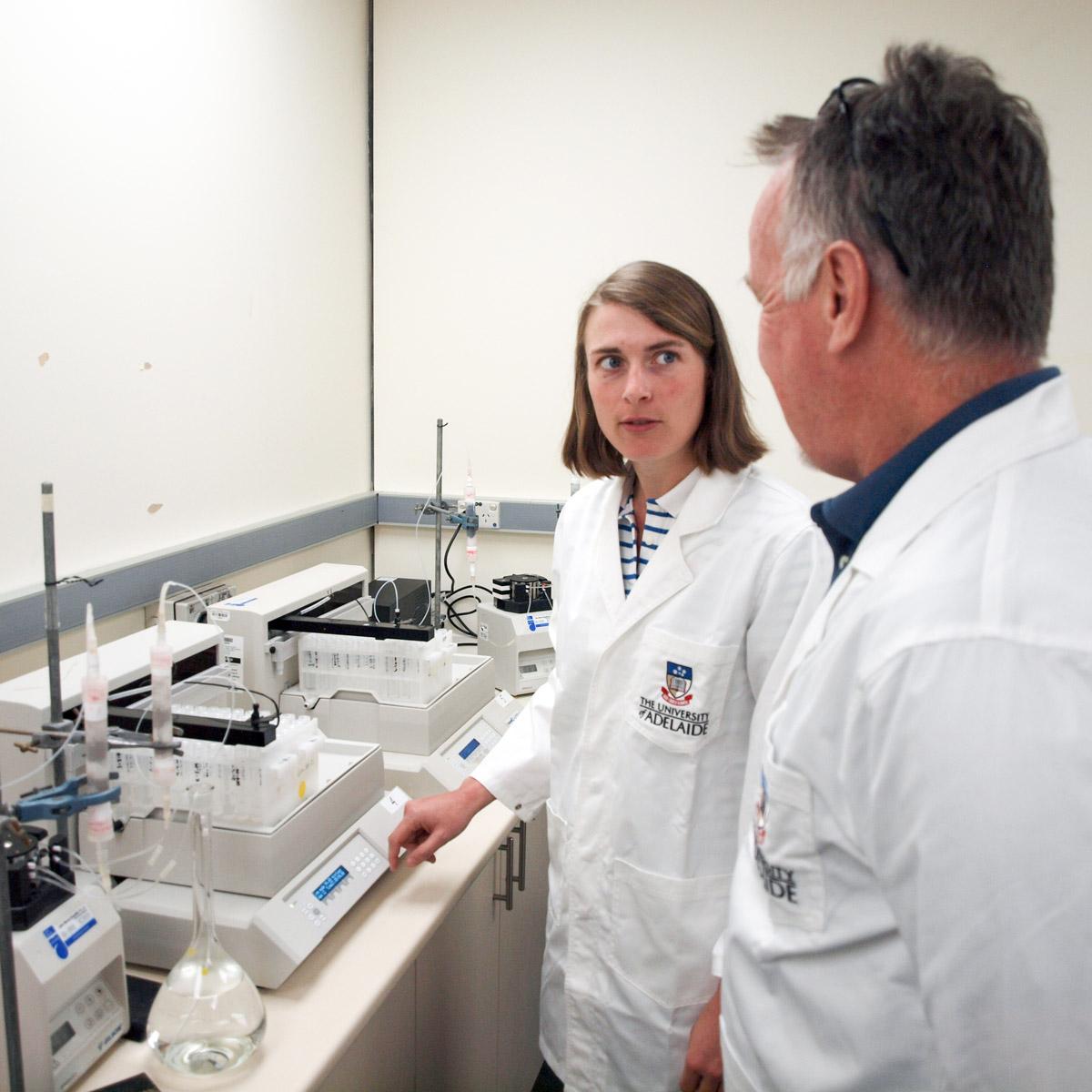
We are investigating the synthesis and characterisation of co-granulated boron fertiliser sources with macronutrients as a potential new slow-release boron fertiliser for high rainfall environments.
